HTML/FakeAlert.MG
Guide To Remove HTML/FakeAlert.MG from Windows 10
HTML/FakeAlert.MG errors which should also be noticed 0x00000108, 0x80244FFF WU_E_PT_UNEXPECTED A communication error not covered by another WU_E_PT_* error code. , 0x0000008E, 0x80244025 WU_E_PT_FILE_LOCATIONS_CHANGED Operation failed due to a changed file location; refresh internal state and resend., 0x80243004 WU_E_TRAYICON_FAILURE A failure occurred when trying to create an icon in the taskbar notification area., 0x00000008, 0x00000078, 0x00000070, 0x80246003 WU_E_DM_UNKNOWNALGORITHM A download manager operation could not be completed because the file metadata requested an unrecognized hash algorithm.Safely Remove HTML/FakeAlert.MG From Infected OS
HTML/FakeAlert.MG is a harmful program which is reported to infect number of OS. Like other OS infection, it also intrude silently in its targeted OS. It is difficult to detect its existence because the threat run all its malicious process in the background of OS. The first thing this threat do after invasion is to modify OS settings. Through this way it get the persistence to execute its malicious services freely. Most of the user don't know how this threat come in their OS because it comes via tricky ways like bundled with software, spam email, infected site etc. This nasty program not let you do any activity properly even you can't surf Internet properly. In addition, it is also reported for bringing other malware which badly damage the OS. Presence of this threat also put your privacy on risk. So if you don't want to suffer these issue then Remove HTML/FakeAlert.MG now.
Method 1 : Start Your OS In Safe Mode With Networking
Method 2 : Deleting HTML/FakeAlert.MG From Control Panel
Method 3 : Deleting HTML/FakeAlert.MG From Registry Editor
Method 4 : Block Related Process To HTML/FakeAlert.MG From Task Manager
Method 5 : Deleting HTML/FakeAlert.MG From Chrome
Method 1 : Start Your OS In Safe Mode With Networking
For Windows XP/Vista/7
- Open the 'Start' menu > click on 'Restart' option.

- Continue pressing 'F8' button when the OS start booting.

- It will open 'Advance boot menu' on the screen.

- Now choose 'Safe Mode With Networking' > press Enter.

For Windows 8/10
- Go to 'Start' menu and click on 'Restart' button by holding shift button.

- From the opened window, Select 'Troubleshoot' option.

- After that click on 'Advanced' Options.
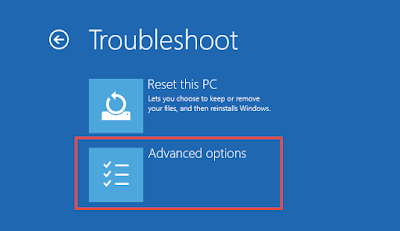
- Then Select the 'Start-up Settings' option.

- Choose 'Enable Safe Mode option' then click on Restart.

- Finally select 'Safe Mode With Networking'.

Method 2 : Deleting HTML/FakeAlert.MG From Control Panel
Remove HTML/FakeAlert.MG From Windows XP
- From the start menu, click on 'control panel'.
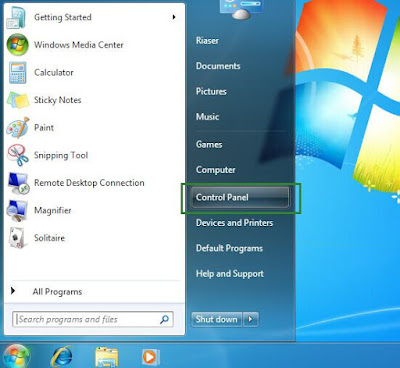
- Then go to Add or Remove programs option.
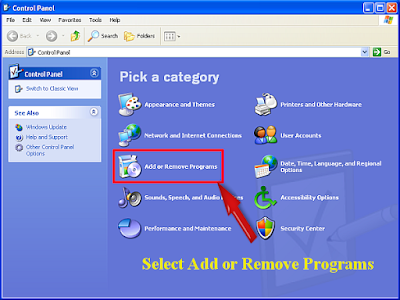
- Find out and Remove HTML/FakeAlert.MG related program from OS.
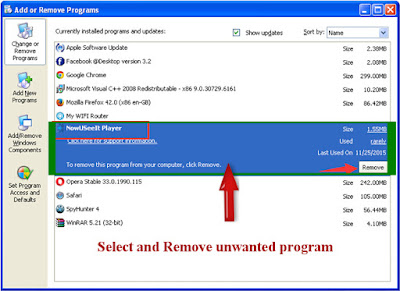
Remove HTML/FakeAlert.MG From Windows 7
- First of all, press the 'Windows' button.

- Then select Control Panel from start menu.
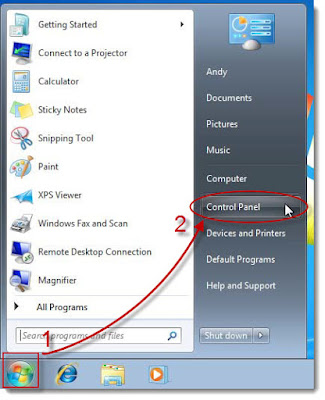
- From the program menu, select remove a programs option.

- Then select HTML/FakeAlert.MG related program and remove them.
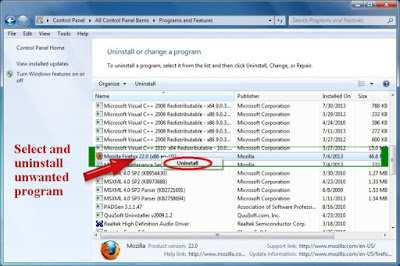
Remove HTML/FakeAlert.MG From Windows 8
- Open the Run Box by pressing Win+R key together.

- In the Run box type 'control panel' and press Enter.

- Then Click on the uninstall a program option.

- Right-click on HTML/FakeAlert.MG related, click on remove option.

Remove HTML/FakeAlert.MG From Windows 10
- From the start menu select the Settings option.

- Then you have to select system option.
- Then click on the Apps and Features option.

- Search for HTML/FakeAlert.MG related program and Remove them.

Method 3 : Deleting HTML/FakeAlert.MG From Registry Editor
- You have to press Win + R keys together to open Run window.
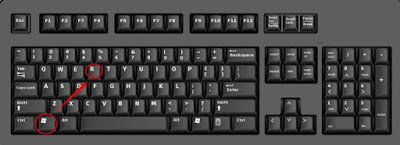
- After that type 'regedit' in the box and click on OK.
- Find out HTML/FakeAlert.MG related registry and Remove them.
HKEY_LOCAL_MACHINESYSTEMCurrentControlSetServicesWpm
HKEY_CURRENT_USERSoftwareMicrosoftInternet ExplorerMain 'Default_Page_URL'
HKEY_LOCAL_Machine\Software\Classes\HTML/FakeAlert.MG
HKEY_CURRENT_USER\Software\Microsoft\Windows\CurrentVersion\Run '.exe'
HKCU\Software\Microsoft\Windows\CurrentVersion\Internet Settings\random
HKEY_LOCAL_MACHINE\SOFTWARE\Microsoft\Windows\CurrentVersion\run\random
HKEY_CURRENT_USER\Software\Microsoft\Windows\CurrentVersion\Internet Settings 'CertificateRevocation' = ’0



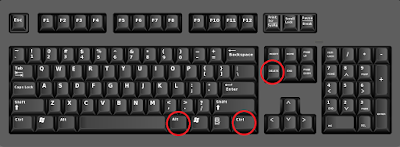
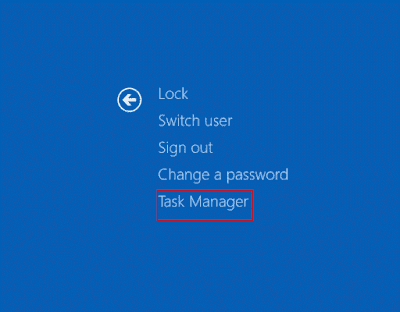

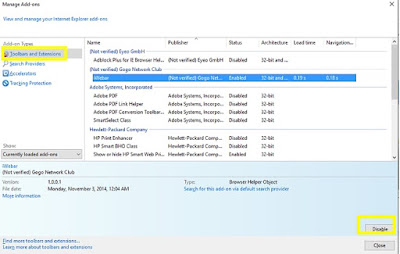

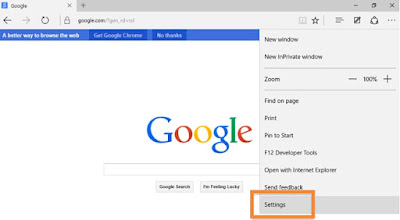


No comments:
Post a Comment